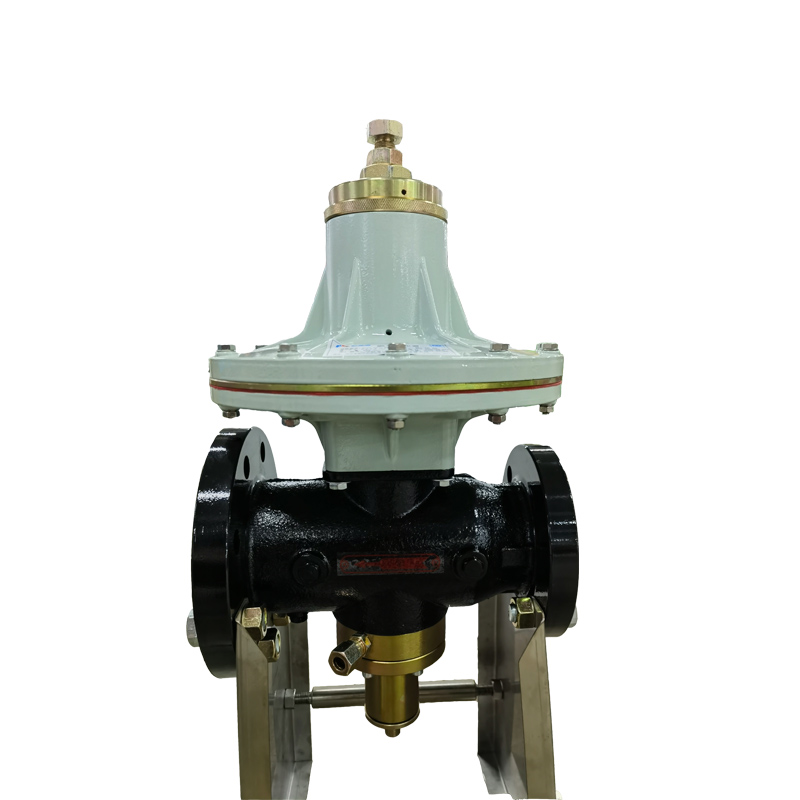
Sep . 15, 2024 22:59
Back to list
صمام التنفيس
Understanding the Relief Valve Importance and Functionality
A relief valve is a critical component in various engineering applications, serving as a safety device designed to control or limit the pressure within a system. These valves play a vital role in protecting equipment and operators by allowing excess pressure to be safely discharged, preventing catastrophic failures or explosions. In this article, we will explore the workings of relief valves, their importance, and their applications in various industries.
What Is a Relief Valve?
A relief valve is a type of safety valve that automatically releases a substance from a boiler, pressure vessel, or other system when the pressure or temperature exceeds preset limits. The substance released could be gas, steam, or liquid, depending on the application. The basic design includes a spring-loaded or weighted mechanism that allows for precise control of pressure levels.
How Does It Work?
The operation of a relief valve is quite straightforward. When the internal pressure of a system reaches a specified threshold, the force exerted on the valve exceeds the force of the spring or weight holding it closed. This imbalance causes the valve to open, allowing the excess pressure to escape. Once the pressure within the system decreases to a safe level, the valve automatically closes, thus restoring the normal operating conditions.
.
1. Spring-Loaded Relief Valves These are commonly used in gas and steam applications. The spring provides resistance against the fluid pressure within the system. 2. Pilot-Operated Relief Valves These use a smaller pilot valve to control a larger main valve, offering greater accuracy and responsiveness. 3. Dead Weight Relief Valves These rely on the weight of a disk to control pressure, providing a simple and reliable pressure release mechanism.
صمام التنفيس

Importance of Relief Valves
The significance of relief valves cannot be overstated. They are essential for preventing overpressure situations, which can lead to dangerous failures in industrial equipment. In many industries, such as oil and gas, chemical processing, and power generation, the consequences of failing to manage pressure can be catastrophic.
In addition to safety, relief valves also contribute to operational efficiency. By maintaining optimal pressure levels, they help avoid unnecessary wear and tear on equipment, reducing maintenance costs and extending the life of machinery.
Applications
Relief valves are utilized in numerous industries including
- Oil and Gas Protecting pipelines and storage tanks from excess pressure build-up due to temperature changes or material expansion. - Chemical Processing Ensuring safety in reactors and distillation units where high pressures are common. - Power Generation Preventing overpressure in steam boilers and turbine systems. - Manufacturing Safeguarding hydraulic systems and pneumatic equipment from over-pressurization.
Conclusion
In summary, relief valves serve as a crucial line of defense against overpressure situations in various systems and industries. Their role in safeguarding equipment and personnel cannot be overlooked. As technology advances, the design and application of relief valves continue to evolve, ensuring enhanced safety and efficiency in an increasingly demanding industrial landscape. Understanding the importance and functionality of relief valves is essential for engineers, safety professionals, and operators alike, as they play a fundamental role in the safe and reliable operation of pressure systems.
Latest news
-
Safety Valve Spring-Loaded Design Overpressure ProtectionNewsJul.25,2025
-
Precision Voltage Regulator AC5 Accuracy Grade PerformanceNewsJul.25,2025
-
Natural Gas Pressure Regulating Skid Industrial Pipeline ApplicationsNewsJul.25,2025
-
Natural Gas Filter Stainless Steel Mesh Element DesignNewsJul.25,2025
-
Gas Pressure Regulator Valve Direct-Acting Spring-Loaded DesignNewsJul.25,2025
-
Decompression Equipment Multi-Stage Heat Exchange System DesignNewsJul.25,2025

